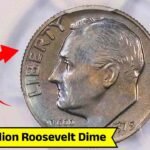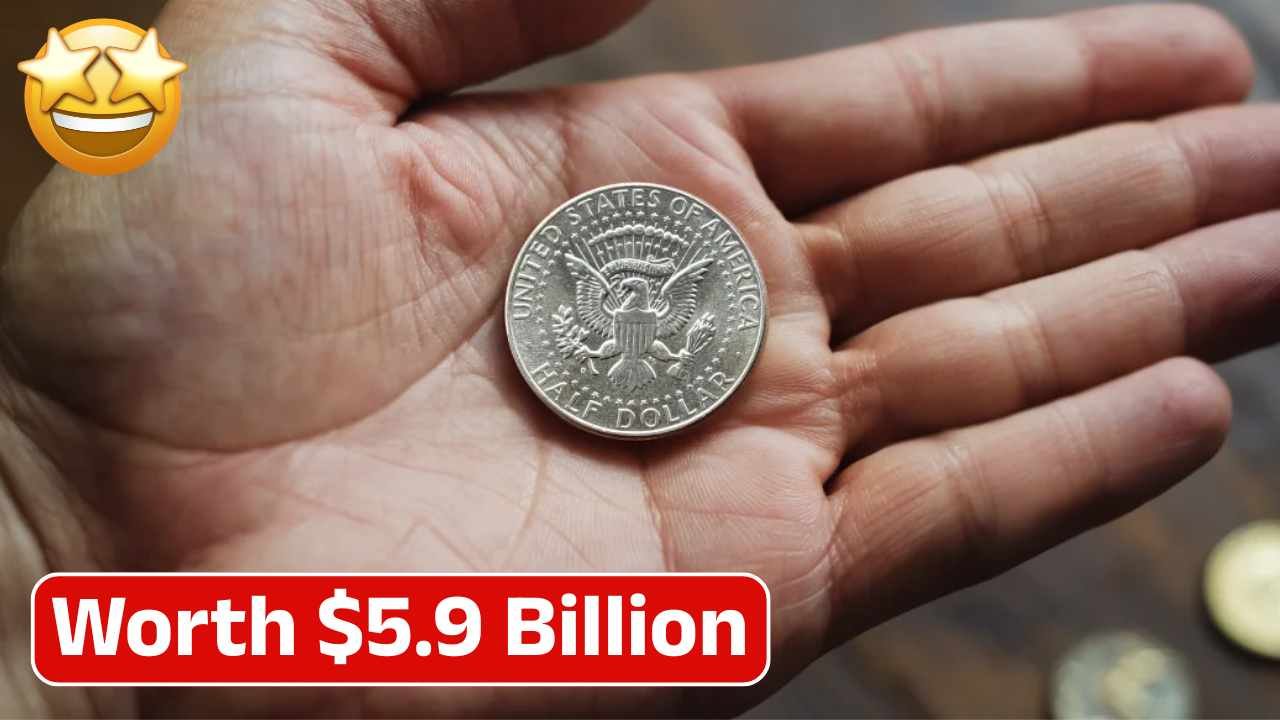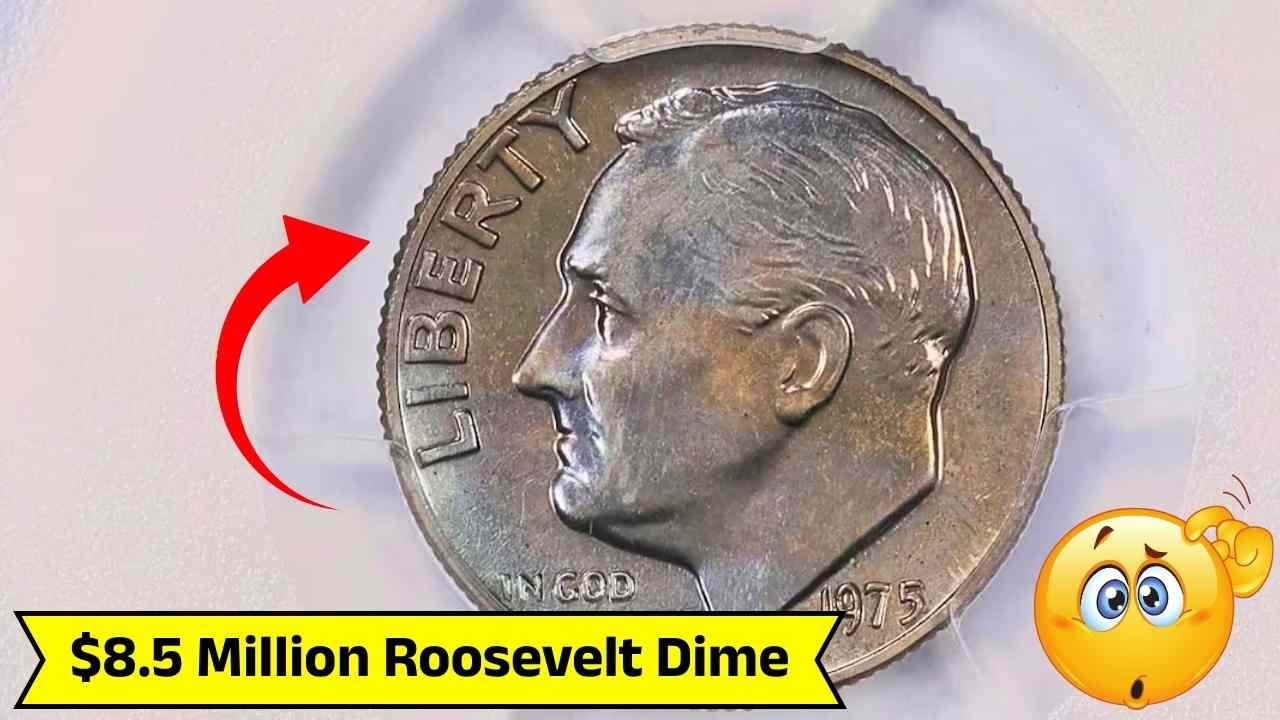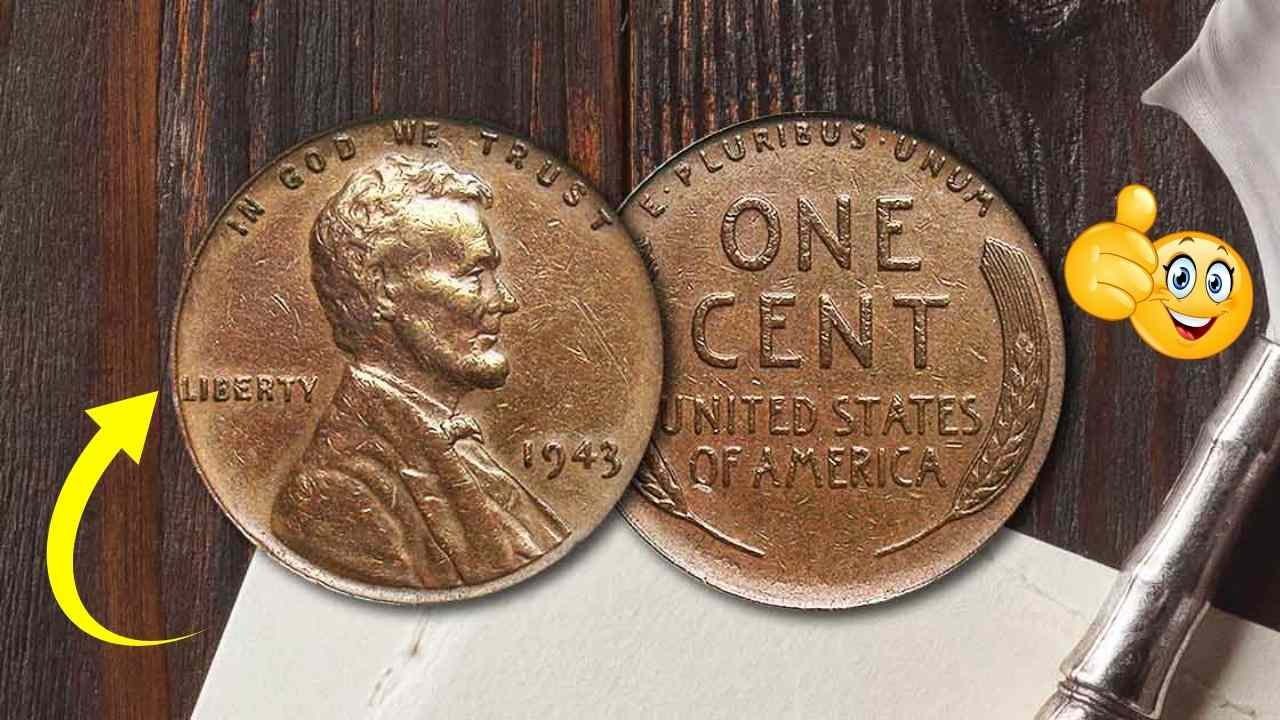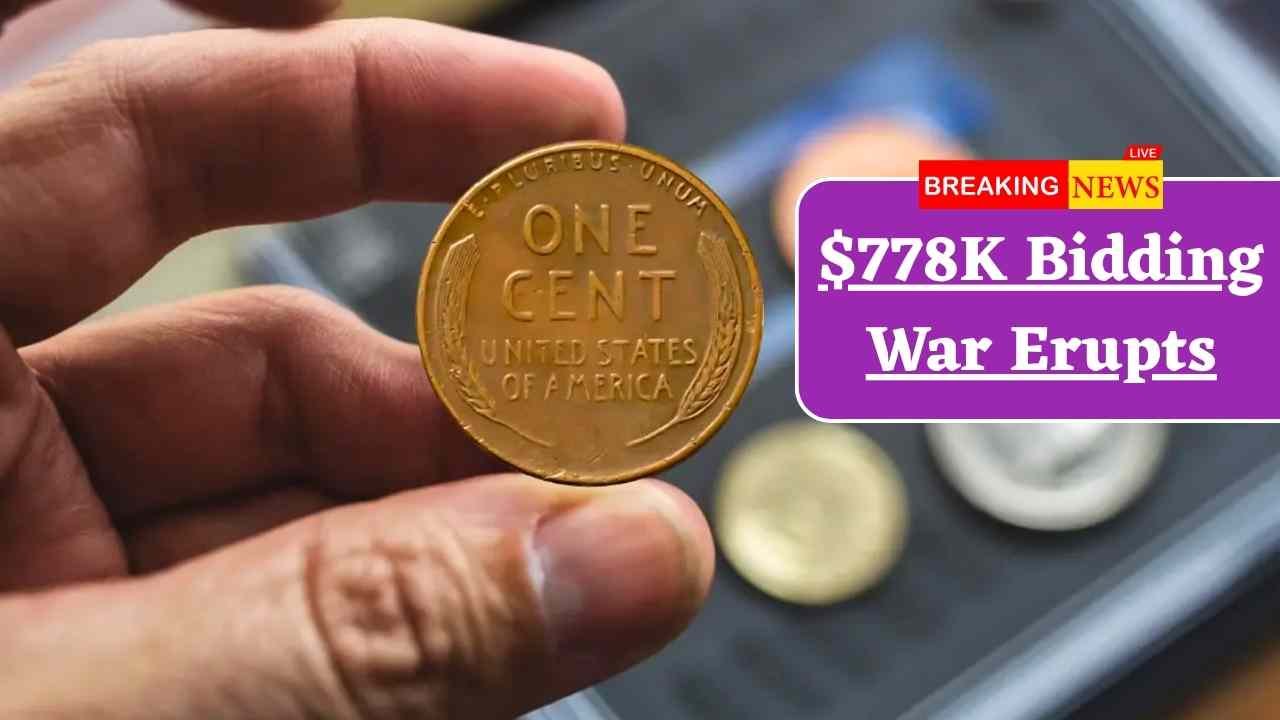Your 1953 Red Seal $5 Bill Could Be Worth Up to $85000: Many people unknowingly carry history in their wallets without realizing its potential value. One such forgotten treasure is the 1953 Red Seal $5 bill. While it may look like just another old note, collectors are paying huge amounts for specific variations and rare conditions. If you have one of these in your possession, you might want to take a closer look before spending it.
What Makes the 1953 Red Seal $5 Bill Special
Issued by the United States Treasury, the 1953 Red Seal $5 bill stands out due to its distinctive red-colored seal and serial numbers. Unlike modern bills, which have green seals, the red seal denotes a United States Note rather than a Federal Reserve Note. These were printed in limited runs, which adds to their rarity and appeal among currency collectors.
Types and Variants That Can Raise the Value
Not all 1953 Red Seal bills are created equal. The bill was printed in four varieties: 1953, 1953A, 1953B, and 1953C. The differences lie in the signatures and printing batches. Some series are rarer than others due to lower print volumes or design changes. Uncirculated versions or bills with unique serial numbers such as star notes or repeating digits can command higher prices in the collector market.
The Condition Is Key to the Value
Collectors place great emphasis on the condition of old currency. A circulated, folded, or stained 1953 Red Seal $5 bill may only be worth $10 to $25. However, if your note is in crisp, uncirculated condition with sharp edges and no damage, the price can increase significantly. Bills in gem-quality condition may bring in hundreds or even thousands of dollars.
Why Some Bills Sell for $85,000
The highest values are typically reserved for bills that have a
combination of rarity, pristine condition, and special serial numbers. For example, a 1953 Red Seal note with a printing error or a unique serial number like all zeros or mirrored digits can sell for staggering amounts. In some rare cases, collectors have paid up to $85,000 for highly rare variants in mint condition.Where to Check or Sell Your Bill
If you suspect your 1953 Red Seal $5 bill may be valuable, start by researching its details online or consult a currency expert. Auction houses, currency dealers, and collector communities can help you identify its true worth. You can also explore platforms like eBay to see what similar bills are listed for, but it’s wise to get a professional appraisal before selling.
Tips to Preserve Its Value
To protect the value of your note, store it properly. Use a clear, acid-free currency holder to prevent damage. Avoid folding the bill or touching
it with bare hands. Keep it away from sunlight, moisture, and extreme temperatures. A well-preserved note will always have more collector appeal than one that’s damaged or worn out.A Hidden Treasure in Plain Sight
It’s fascinating to think that a piece of paper from 1953 could now be worth as much as a luxury car. These bills are not just currency they’re pieces of American history. Before tossing an old note aside, inspect it carefully. What looks ordinary might actually be a rare collectible with a surprisingly high value.
Disclaimer
The value of collectible currency can vary greatly depending on market trends, condition, and demand. Prices mentioned in this article are based on historical data and should not be taken as guaranteed. For accurate evaluation, always consult a certified currency expert before buying or selling.


